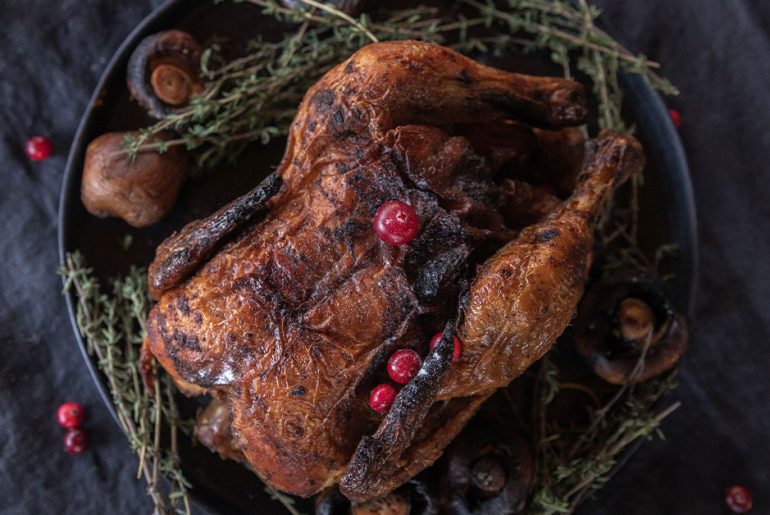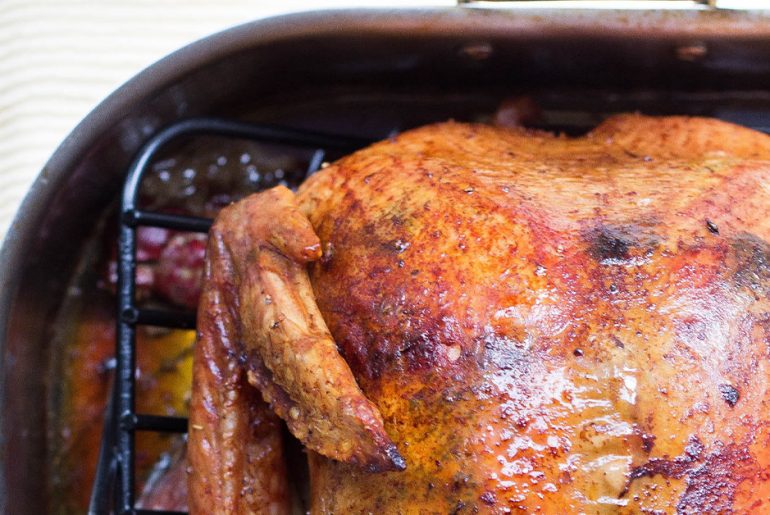A new year is on the horizon, and with it comes many lofty goals and aspirations from people all around the world. But what separates those who succeed from those who don’t? It’s all in the plan…
As December comes to a close, many of us reflect on the previous year to set goals for the approaching year. And, man, what a year it was! We’ve been put through the wringer over and over again… and what once started out as a year full of hope and resolutions has turned into a circus act of staying sane and employed.
We are so ready for a new year.
A fresh start. A clean slate to pursue our self-improvement and actualization. That’s what our New Year’s Resolutions are for! According to a ComRes poll, 71% of New Year’s resolutions revolve around weight loss and fitness. A close second (47%), and falling under a similar category, many resolutions focus on improving physical health and better nutrition. Learning new skills and hobbies, practicing self-care, and spending more time with family and friends follow at approximately 15% each.
Unfortunately, many resolutions are set up for inevitable disappointment and eventual burn-out. Especially when faced with obstacles like what we saw in 2020. On average, 80% of New Year’s resolutions fail by the second week of February.
There are many causes of these resolution failures. All of these reasons, however, fall under the same 5 categories. Read below to uncover what your resolution weakness is to combat and finally succeed!
1. GOAL SETTING
How you frame your resolution matters. When making resolutions, people often frame them using negative language. “Stop eating junk food” isn’t as effective as “Choose healthy meals” Thinking about avoiding behaviors inevitably leads us to think of those behaviors, creating a craving for something lost. BUT, when we frame resolutions positively allows our action-oriented thoughts lead us to the desired outcome.
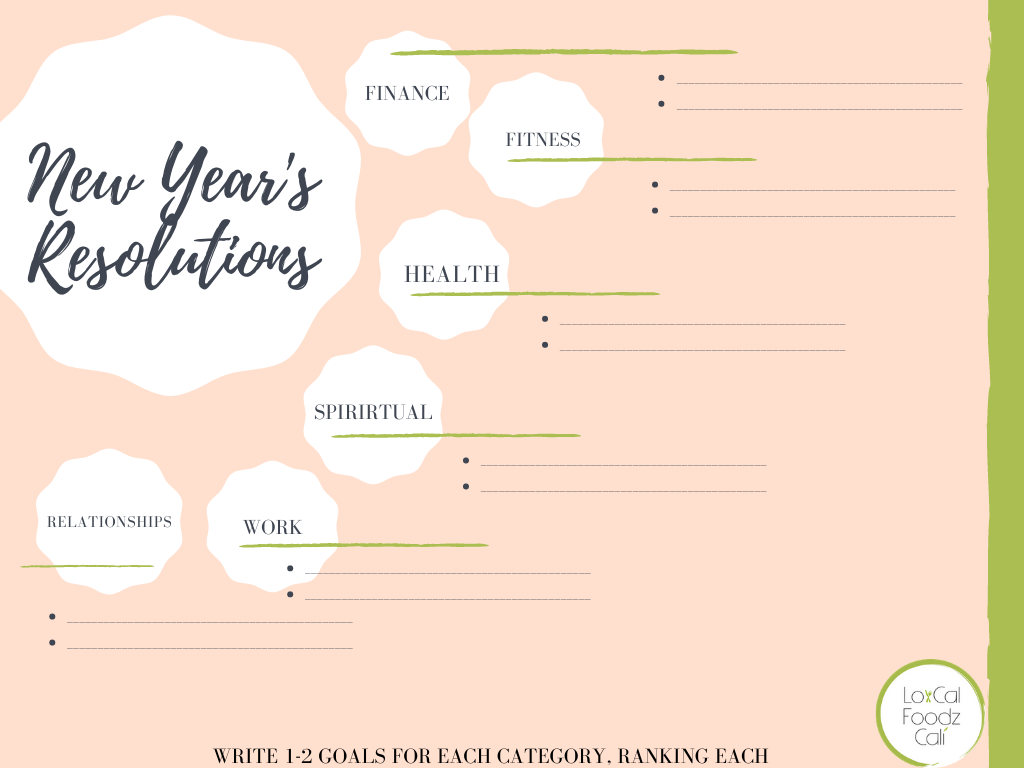
Another common pitfall of goal setting is which goals to focus on. While we all want to improve all areas of our lives, taking on too much at once can be daunting. The best way to combat this is to create one to two goals for different areas of your life, then rank them in order of importance or simplicity.
Focus on the top priority goal to keep your resolution achievable. However, by setting goals in all areas of your life, you’re bound to see a ripple effect in every area as you work towards one.
2. MAKING THE PLAN
Resolutions that aren’t written down are destined to fail quickly. So write them out, making a list of some things you would do to achieve that goal, and noting any obstacles that might stand in your way. Writing these aspirations down makes your goals real and helps prepare you to reach them. But, don’t just write these goals on a sticky note and forget about it.
Keep your list of New Year’s goals in a place where you will see them regularly, so you can review your progress and recommit on a consistent basis. Examples include taping your goals to your bathroom mirror, fridge, or screensavers.
This stage is critical for success. Not only does it allow you to reflect on an effective strategy but also prepares you for the obstacles sure to come your way. This way when things get difficult, you can deploy the strategies you wrote down to stay on the path toward success.
3. MEASURING PROGRESS
How can you know if you’re on the right track to achieving your goals if you have no way to measure them? In order to stick to those New Year’s resolutions, you need to be able to see you’re on the right track in a consistent way. The best way to do that is to set measurable goals.
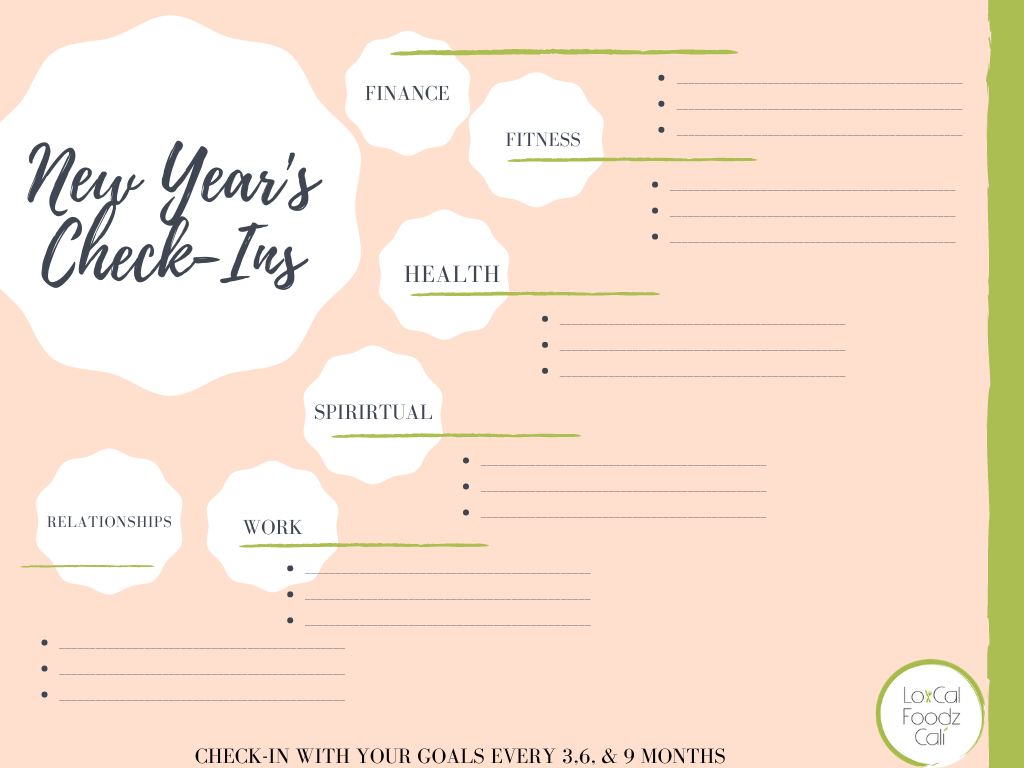
For example, if your goal is to choose healthier meals, set a number of meals per week that will be “healthy.” Write down something like, “I’ll meal prep a healthy dinner 5 times a week.”
This way you’ll have something to check off daily. And eventually, you can build off those achievements, adding more meals the more consistently you hit your goals.
As well, consider keeping a resolution journal. Here you can write about your successes and struggles. This is an excellent way to measure progress as well as make any adjustments to get you back on track.
4. EXECUTING THE PLAN
Trying to do too much too quickly is another common reason why so many New Year’s resolutions don’t make it past February. Dramatically slashing calories, overdoing it at the gym, or radically altering your normal behavior are just a few of the ways to make reaching your goal exponentially harder. Instead, focus on taking small simple steps toward your goal.
For example, if you are trying to eat healthier, start by replacing the common “junk food” items in your house with more nutritious foods. You can even choose from our a la cart menu to start! While it may seem slow, these small changes make it easier to create and stick to new habits as well as increase the likelihood of long-term, sustainable success.
Another strategy for keeping your New Year’s resolution is to not make the exact same resolution as last year. After trying and failing, success may be harder to come by. However, if you do choose to reach for the same goals, spend some time evaluating your previous strategies.
Ask yourself questions like which strategies worked best, least, and what else prevented your success can help mitigate frustrations. As well, when evaluating these goals, write down the reasons you are working toward this goal again. Coming back to your “why” during stressful or undermotivated times is crucial to keep you moving forward.
5. THE REWARD
Finally, the pay off! The thrill and reward of accomplishing something we’ve worked so hard for are critical in keeping us reaching for new goals in the future. Just make sure your reward doesn’t make it harder to accomplish any of your other goals. If one of your financial goals is to cut back on debt, rewarding yourself for better nutrition choices with an extravagant trip may not be the best reward choice.
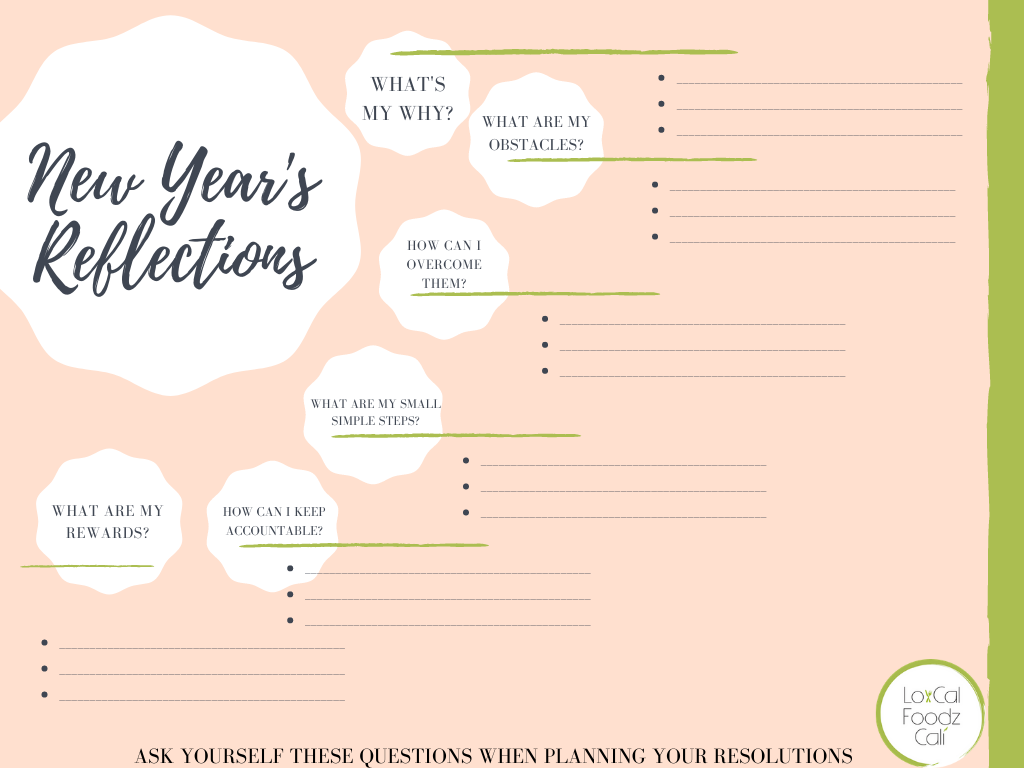
If you haven’t quite reached your goal yet, don’t fret. Those unhealthy habits that you are trying to change probably took years to develop, so how can you expect to change them in just a matter of days, weeks, or months?
It may take longer than you would like to achieve your goals, but this is not a race. Self-improvement is a marathon. Once you have made the commitment to changing a behavior, it is something that you will continue to work on for the rest of your life.
SOME FINAL TIPS
Get Support From Your Friends and Family
While you’ve probably heard this advice before, you may not have thought to do it like this before. When writing down your goals, think of someone who may have a similar goal (or who has already accomplished this goal). Explain what and why you have this goal to that friend or family member when asking them for help.
Having a solid support system can help you stay motivated. For additional support, join a group or class that shares your goal. When facing challenges like those found in our New Year’s Resolutions, together is always better.
Renew Your Motivation
During the first days of a New Year’s resolution, it’s easy to feel confident and highly motivated. There is no real discomfort or temptation associated with changing your behavior, and making this change might seem all too easy at first glance. But…
After dealing with the reality of dragging yourself to the gym at 6 a.m. or racking your brain for meal ideas, motivation will probably start to dwindle. When you face such moments, look back on what you’ve written down. What’s your why? What strategies did you plan to use in such moments?
Just Keep Swimming
Encountering setbacks are the most common reasons why people give up on their New Year’s resolutions. If you suddenly relapse into a bad habit, it’s not a failure. Instead, view them as learning opportunities. If you are keeping a resolution journal, write down when the struggle occurred and what might have triggered it. By understanding the challenges you face, you will be better prepared to deal with them in the future. Click here for a downloadable PDF to help you start planning, preparing, and executing your New Year’s Resolutions in the coming year!



